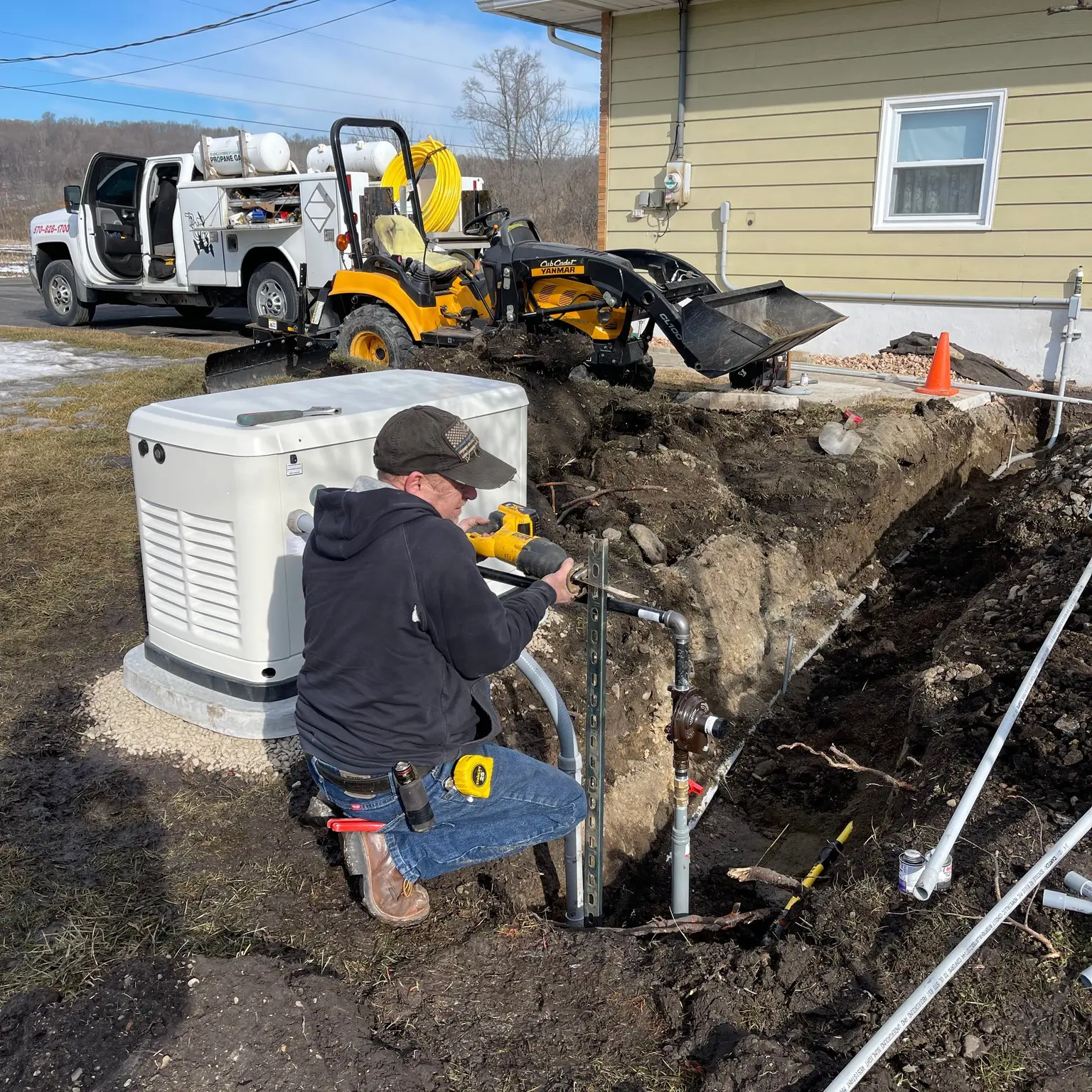
Looking for advice on how to maintain a propane generator? We’ve got you covered! Read our five essential tips here and get your generator up and running!
Propane generators are a great way to produce electricity during a power outage, but they require regular maintenance to keep running smoothly. You’ve invested a significant amount of money in the generator and its installation. Here are five essential tips for taking care of your propane generator and keeping it in top condition.
- Follow the manufacturer’s instructions for starting and running the generator.
Regular maintenance and careful care are key elements of keeping your propane generator running well. Make sure to follow all the instructions for starting, running, and maintaining your generator as provided in the manual from the manufacturer. This will help you avoid problems down the road, such as unintentional electric shock, fire, or carbon monoxide poisoning. Exercise your generator at least once every 3 months. Let it run for about 20 minutes to charge the battery on the electric starter. - Perform a routine maintenance check each month to identify any potential problems or changes in performance.
Routine maintenance checks on your propane generator should be performed at least once a month. During these checkups, inspect the fuel filter to see if it needs to be changed, check for air leaks in the combustion chamber, and inspect for any signs of wear and tear. Any changes in performance or abnormal sounds should be investigated right away as they can be early warnings of potential problems. Additionally, make sure to keep your generator clean on the outside as well as inside its components. - Change the spark plugs and oil at least once a year to ensure optimal performance of your generator.
Spark plugs are essential components of any generator as they deliver the electrical current needed to ignite fuel. If they’re not in good working order, there can be a significant drop in performance. To ensure your propane generator operates at peak efficiency and doesn’t experience any unnecessary wear, it’s important to regularly change your spark plugs and oil, making sure both are high quality and well maintained. Additionally, if you use the generator for any extended periods of time or in extreme conditions, it might also be a wise idea to change them more frequently than once per year.
If your generator is new, you’ll want to change the oil after the first 25 hours of use. After that, change the oil every 50-60 hours of use. Make sure you have oil on hand. Generators have a tendency to burn oil when used for extended periods. - Keep the equipment clean and debris free.
A generator that is not in use sits around and collects dust and debris. When you check on it at regular intervals, you can remove anything that might impair its operation. To clean a generator, do NOT us a power washer. Use an air compressor or leaf blower to remove dirt and dust. For anything else, try a degreaser and a rag. Make sure to look for mouse nests inside the air filter and other tucked away spots. - Make sure your generator is stored properly.
Whole house generators typically come with an enclosure. Make sure to check the enclosure for signs of damage. A portable generator generally gets shoved into a corner and covered with lawn tools or outdoor gear. Consider building a box or getting a hard plastic cover to protect it from damage that can occur when not in use. There is nothing worse than needing to use your generator only to find that something is broken.
You may also want to consider having a professional do a maintenance service on your generator once every couple of years. They are trained to find issues that you may miss.
